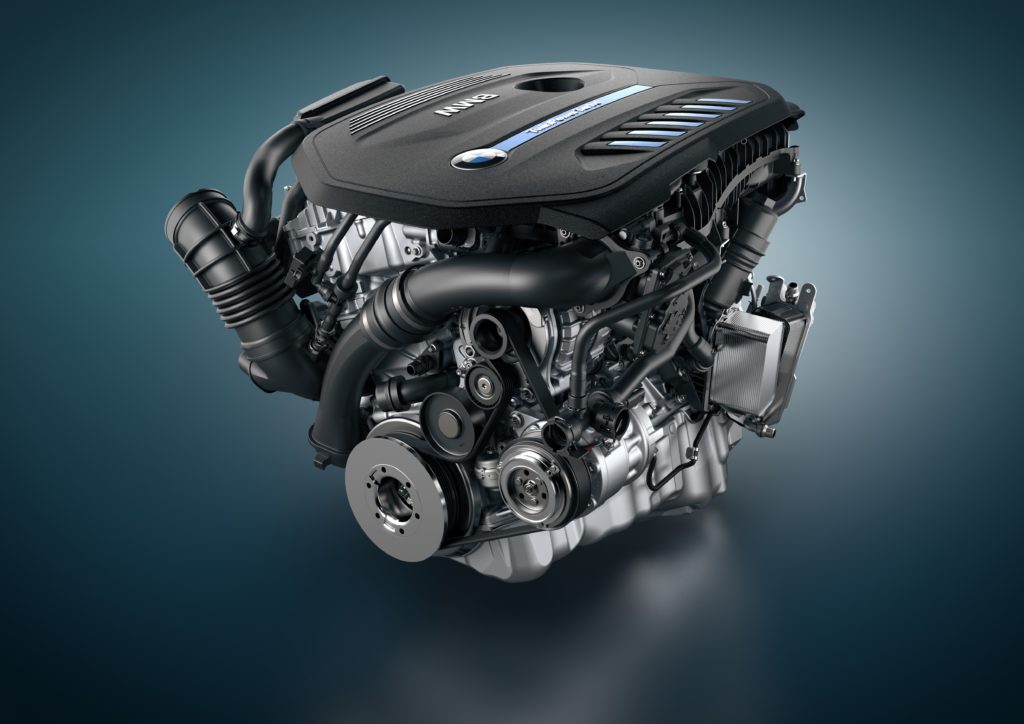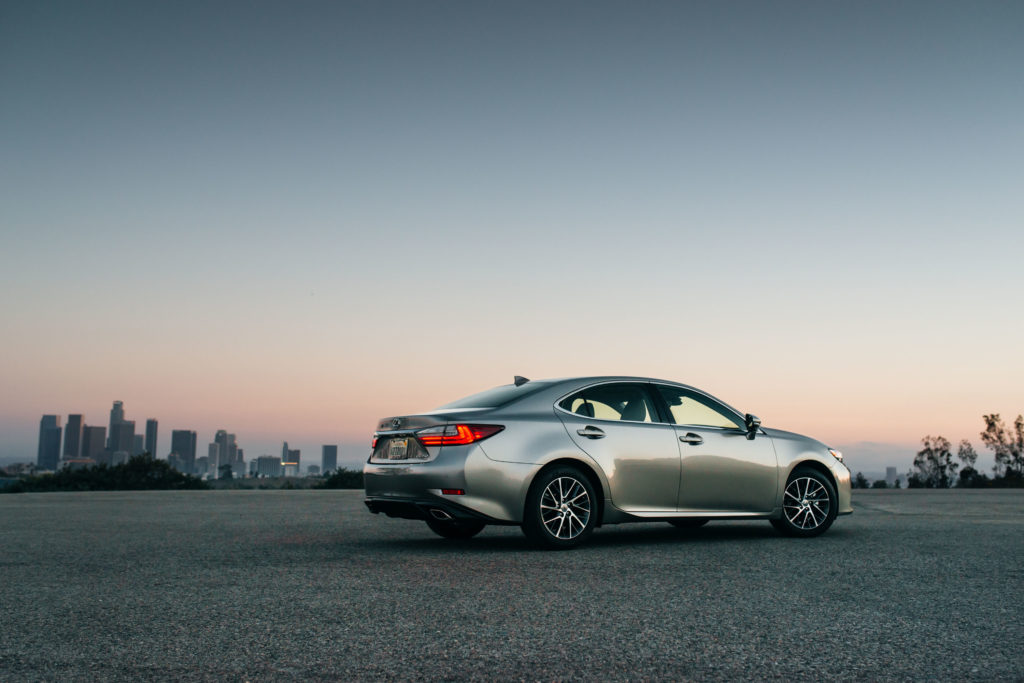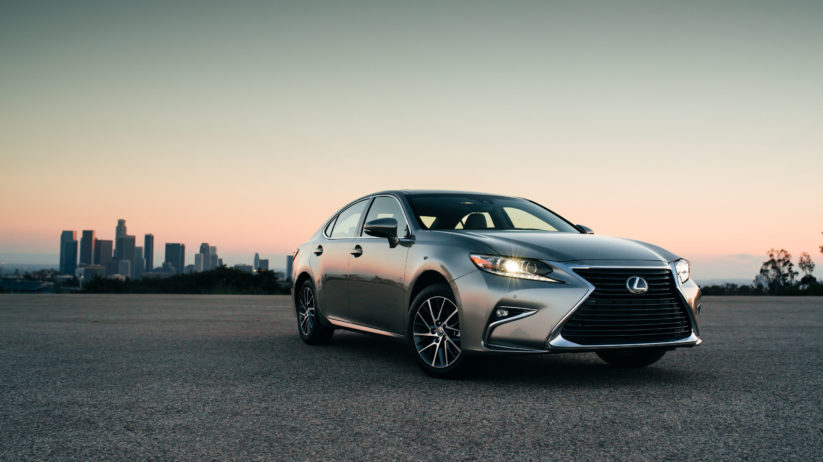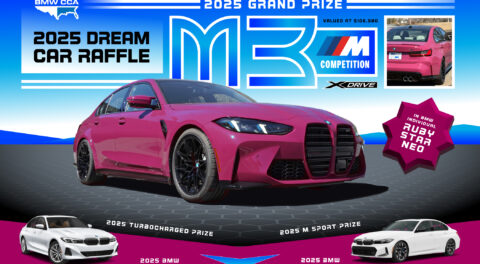Is the inline-six truly experiencing a renaissance? New engines from Jaguar and Mercedes-Benz might suggest so, and although it’s nothing more than speculation at this point, sources in Japan are stoking a rumor that the next-gen Lexus IS, the luxury brand’s 3 Series and C-Class competitor, could come with the option of being powered by a three-liter BMW straight six engine.
Although it’s tough to pin down anything firm, the idea isn’t outside the realm of possibility given BMW and Toyota’s collaboration for the new Supra. The Lexus IS, now in its third generation which debuted for the 2014 model year, comes powered by a choice of drivetrain choices that include a two-liter turbo, a 2.5-liter hybrid, and a 3.5-liter quad-cam V6 with direct injection, while the previously offered small-bore 2.5-liter V6 of the IS250 was discontinued after 2015 in favor of the turbo four. The 2GR-FSE 3.5-liter V6 used in the segment-topping IS350 has been around since 2005, and like the 5.0 2UR-GSE V8 of the previous IS F and other current F models, is considered obsolete thanks to an appetite for fuel. Speaking of the IS F, it’s been absent from the lineup since 2013, but could return with power coming from an appropriately tuned V35A-FTS 3.5-liter twin-turbo V6 like the one used in the current LS500 luxury executive sedan.

With the 3.5-liter 2GR-FSE V6 potentially on the chopping block to appease global fuel consumption trends, there is suddenly room in the engine bay of the upcoming fourth-generation Lexus IS for a BMW three-liter six. The natural choice is, of course, the current mainstay B58 unit, which arrived for the 2016 model year beneath the hood of the F30 340i. Somewhat interestingly though, and likely erroneous as well, the article by Best Car of Japan cites BMW’s classic three-liter displacement of 2,979cc, which came to an end with the N55, instead of the 2,998cc figure of the B58.
While likely to irritate Toyota loyalists even further—see the Internet’s reaction to the new Z4-based Supra—a Lexus IS with a BMW engine is a fascinating proposition. To this day, the first-generation IS300, which used Toyota’s 2JZ-GE three-liter inline six, maintains a strong cult following with decent values assigned to clean examples, but we’re thinking a bit broader than that. BMW interiors have improved greatly in terms of quality and residual longevity since the days of the E36, which had the first computer-designed cabin, but Toyota and Lexus quality, although not the same as they were in the 1990’s, remain something to be reckoned with. Even now in 2019, and perhaps in 2021 or 2022 when the next IS is rumored to arrive, the potential of a BMW turbo six in a Lexus platform and body, with the luxurious yet hard-wearing materials the automaker is known for surrounding interior occupants, sounds quite enticing—even if the idea proves to be just a flash in the pan, like so many other previous powertrain sharing stories.

Regardless of what happens, the entry-level sport sedan market is among the most competitive of any vehicle segment, and lest we forget, BMW invented it. Today though, the 3 Series is far from alone in terms of what it offers, with perennial challengers like the Audi A4 and Mercedes-Benz C Class now joined by others like the Alfa Romeo Giulia, Cadillac ATS, Acura TLX, Infiniti Q50, award-winning Genesis G70, and of course the Lexus IS, which may just end up using German power in its next generation.—Alex Tock
[Photos via BMW AG, Toyota Motor Sales, U.S.A., Inc.]





















